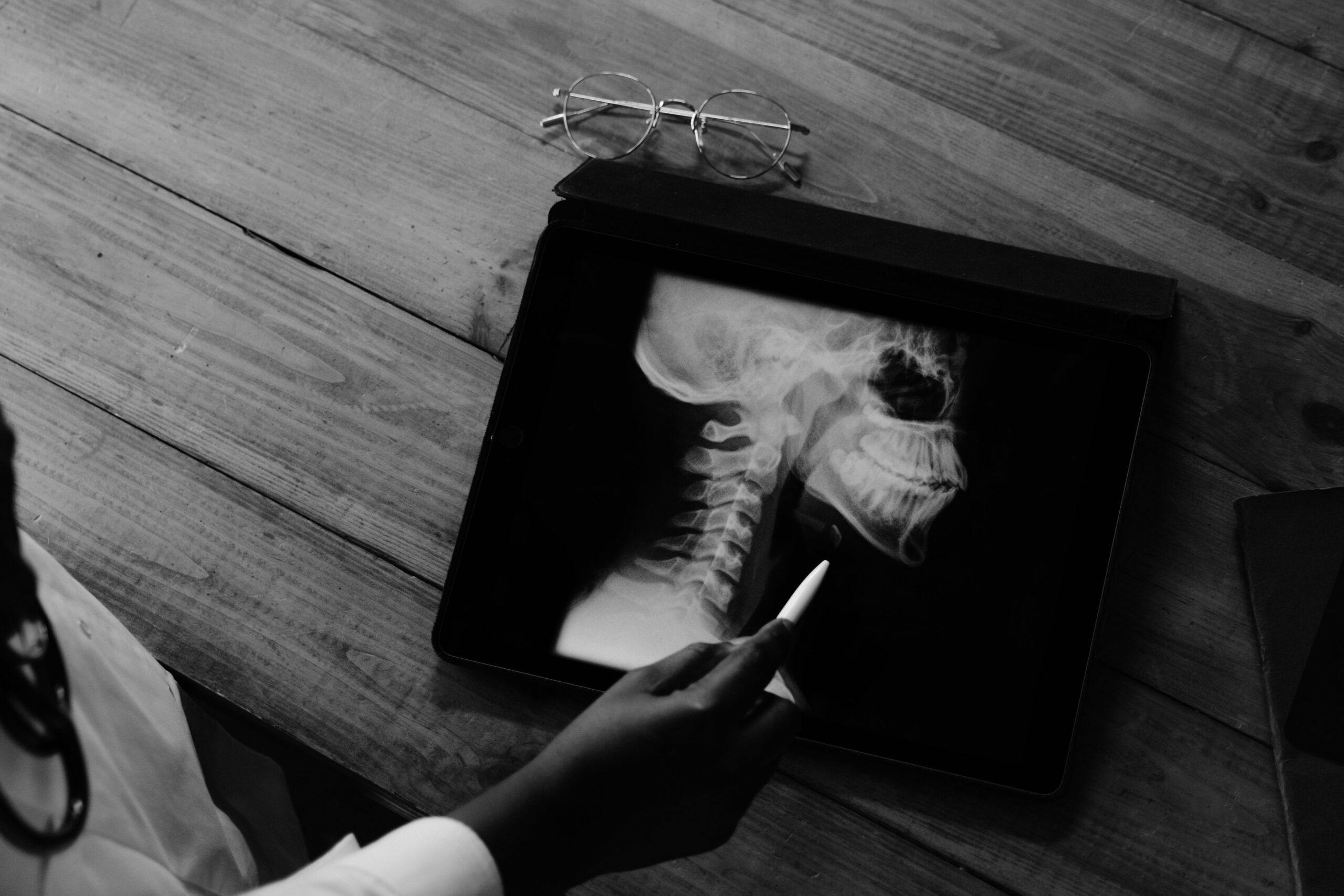Introduction:
Surgical navigation systems represent a groundbreaking development in the field of medicine, offering an unparalleled level of precision and safety to surgical procedures. In this comprehensive article, we will meticulously explore the multifaceted world of surgical navigation, leaving no stone unturned. We will delve into its historical origins, meticulously dissect its integral components, scrutinize its multifaceted applications across diverse medical disciplines, dissect its manifold advantages, and painstakingly examine the technical and practical considerations underpinning its successful implementation. As we embark on this journey, we will also cast a discerning eye on the challenges and potential drawbacks associated with the use of these advanced systems.
Part 1: Fundamentals of Surgical Navigation
- Defining Surgical Navigation: Surgical navigation, also known as computer-assisted surgery (CAS), denotes the art and science of integrating advanced technology to guide surgeons during procedures. This integration typically comprises the use of highly sophisticated sensors, precise tracking devices, and bespoke software interfaces, all designed to augment and elevate surgical precision to unprecedented heights.
- Historical Context of Surgical Navigation: In this section, we will navigate through the historical development of surgical navigation, from its modest beginnings to the cutting-edge systems in use today, underscoring the transformative journey it has undertaken.
- Key Components of Navigation Systems: With meticulous attention to detail, we will elucidate the essential components, meticulously explaining the function of tracking sensors, imaging devices, and software interfaces, which collectively make these systems both sophisticated and precise.
- Working Principles of Navigation Systems: A deep dive into the intricate inner workings of navigation systems is imperative. Here, we shall delve into the practical application of principles like real-time tracking, image registration, and 3D modeling, enabling readers to grasp the intricate mechanics that drive these systems.
Part 2: Applications in Various Surgical Disciplines
- Orthopedic Surgery: Navigational marvels have had a transformative impact on orthopedic surgery, where they now play an indispensable role in procedures ranging from joint replacements to complex spinal surgeries.
- Neurosurgery: The article will elucidate the critical role played by navigation systems in the intricate realm of neurosurgery, facilitating precision in delicate brain and spinal procedures, including tumor resection and neurostimulation.
- Minimally Invasive Surgery: We will discuss how these systems have revolutionized minimally invasive surgery, enhancing the surgeon's ability to navigate through intricate anatomical structures, resulting in reduced invasiveness and quicker patient recovery.
- Ear, Nose, and Throat (ENT) Surgery: The article will highlight the specific benefits of navigation systems in ENT surgery, such as sinus surgery and cochlear implantation, showcasing the increased precision they bring to these delicate procedures.
Part 3: Advantages of Surgical Navigation
- Enhanced Precision and Predictability: Within this section, we will emphasize the capacity of navigation systems to enable surgeons to meticulously plan and execute procedures with a level of precision that was previously inconceivable. This increased precision translates into more predictable surgical outcomes and a reduction in post-operative complications.
- Risk Reduction: This segment will offer an in-depth analysis of the risk reduction potential that navigation systems bring to the operating room. We will spotlight the mitigation of surgical errors, damage to healthy tissues, and post-operative complications as key advantages of these systems.
- Improved Surgical Efficiency: Readers will gain insights into the efficiency-enhancing effects of navigation systems. This includes the streamlining of surgical procedures, ultimately reducing the duration of surgeries and minimizing anesthesia exposure for patients.
- Case Studies: We will substantiate our claims with real-life case studies, illustrating how navigation systems have revolutionized surgical procedures and providing concrete examples of the benefits experienced by both surgeons and patients.
Part 4: Technical and Practical Considerations
- Recent Technological Advances: Here, we will explore the cutting-edge innovations that continue to advance navigation systems. This may include the integration of augmented reality, improved software capabilities, and the latest breakthroughs in hardware.
- Equipment Requirements and Surgeon Training: We will address the vital equipment requirements necessary for deploying navigation systems in medical facilities, alongside the pivotal aspect of comprehensive surgeon training, ensuring safe and effective utilization of these systems.
- Cost and Accessibility: This section will delve into the financial aspects of adopting surgical navigation, including initial investments, maintenance costs, and the accessibility of these systems for a wide range of healthcare institutions.
Part 5: Challenges and Drawbacks
- Limitations and Complications: This segment will cast a critical eye on the potential limitations of navigation systems, such as accuracy issues in certain cases and the learning curve that surgeons may encounter when transitioning to this technology.
- Data Security and Privacy Concerns: We will address the sensitive nature of patient data collected during surgeries, highlighting the importance of robust security measures to safeguard this information.
- Technical Failures and System Reliability: Readers will gain an understanding of the potential risks associated with technical failures or system malfunctions during surgery and how healthcare institutions can mitigate these risks.
Conclusion:
In the conclusion, we will underscore the pivotal role that surgical navigation systems play in modern medicine. We will provide a succinct summary of the tangible benefits, emphasizing precision, safety, and efficiency, while acknowledging the need to address existing challenges and limitations. The article will conclude with an encouraging call to action for further research and development in the field of surgical navigation to continuously enhance its capabilities and, ultimately, improve patient outcomes.
